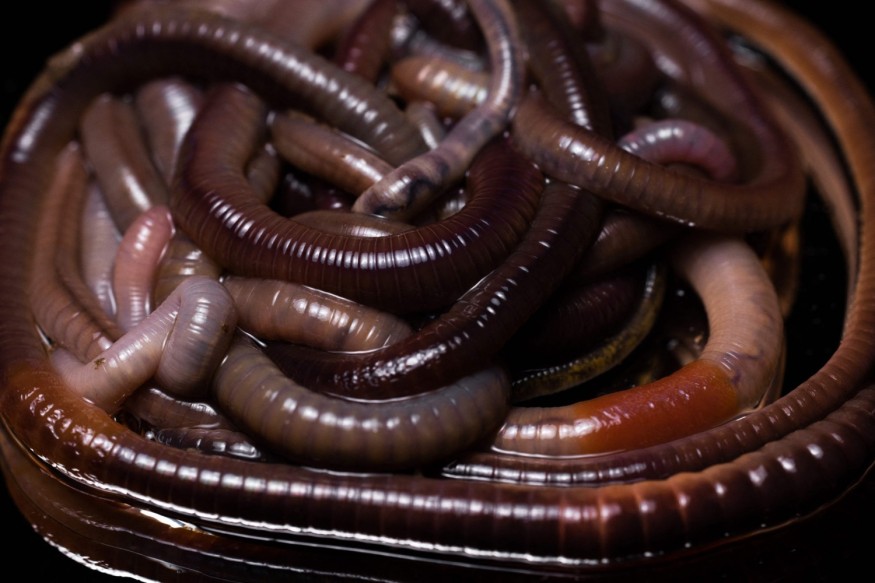Throughout history, people have used knots for various purposes such as securing rope, braiding hair, or fabricating fabrics. Nonetheless, there exist creatures that excel at knotting and are much more adept and faster at unknotting them. An example is the worms that are known for producing complex, intricate tangles with their bodies and can untangle in milliseconds when threatened.
According to New Scientist, this rapid detangling is achievable through a particular corkscrew motion each worm employs. Those who have ever attempted to unravel tangled holiday lights or hair clumps understand that undoing interwoven fibers takes substantially more time than tangling them.

Understanding the Mechanisms Behind Worms Untangling So Easily
A study, titled "Ultrafast Reversible Self-Assembly of Living Tangled Matter" published in the journal Science, examined the behavior of California blackworms (Lumbriculus variegatus), a species that can grow to be up to four inches long.
Researchers observed the worms as they intertwined and formed a tangled ball shape, similar to a jumbled string of Christmas lights, Live Science reported. However, they found that the worms could quickly untangle themselves from the group when threatened. The researchers aimed to understand the mechanisms underlying this behavior.
So, the scientists triggered the tangled worms to force them to untangle by using ultraviolet light to cause the worms to disperse. However, the team still did not fully understand what was happening in the center of the tangled ball.
As a result, they used an ultrasound machine to observe the phenomenon from the inside of a live worm blob placed in nontoxic jelly. They then created a mathematical model based on over 46,000 data points to predict each worm's escape path.
The team found that while the tangled structures the worms created were very complicated and disordered, the living structures could manipulate the knots for crucial functions. Lead author Vishal Patil, a former Ph.D. student at Georgia Tech and now at Stanford University, described the structures as complex but able to manage knots effectively.
Mathematical Model Explains the Worm Tangle and Untangle Mechanisms
A combination of mechanics and topology was needed to explain how worms quickly untangle. A press release from Georgia Tech reports that Patil and colleagues created a mathematical model to understand how helical gaits could lead to tangling and untangling.
The simulations showed that worms form tangles with at least two other worms, making the worm blobs highly cohesive. The same class of helical gaits explains how they untangle, using alternating helical wave motions, similar to real ultrasound images.
The mechanical movements of individual worms determine their emergent collective behavior and topological dynamics, according to the researchers' work. The mathematical theory of active tangling and untangling is the first-ever made connection between helical movement and escaping.
Active filaments may be seen in a wide range of biological structures, from DNA strands to whole organisms. These filaments serve a variety of purposes and can serve as a general theme for designing multifunctional structures and materials with variable qualities.
Just as the worm blobs perform remarkable tangling and untangling feats, future bioinspired materials may defy conventional structures' limits by exploiting the interplay between mechanics, geometry, and activity, as said by Eva Kanso, program director at the National Science Foundation and professor of mechanical engineering at the University of Southern California.
Co-author Saad Bhamla, an assistant professor at Georgia Institute of Technology, expressed hope that the study will lead to a better understanding of how worms adjust their movement dynamics to accomplish tangling and speedy untangling. The fact that these are live, active tangles out of balance provided an intriguing layer to the research.
RELATED ARTICLE: Worm Tornado Appears in New Jersey After Rain Leaving Scientists Baffled
Check out more news and information on Worms on Science Times.
© 2026 ScienceTimes.com All rights reserved. Do not reproduce without permission. The window to the world of Science Times.











